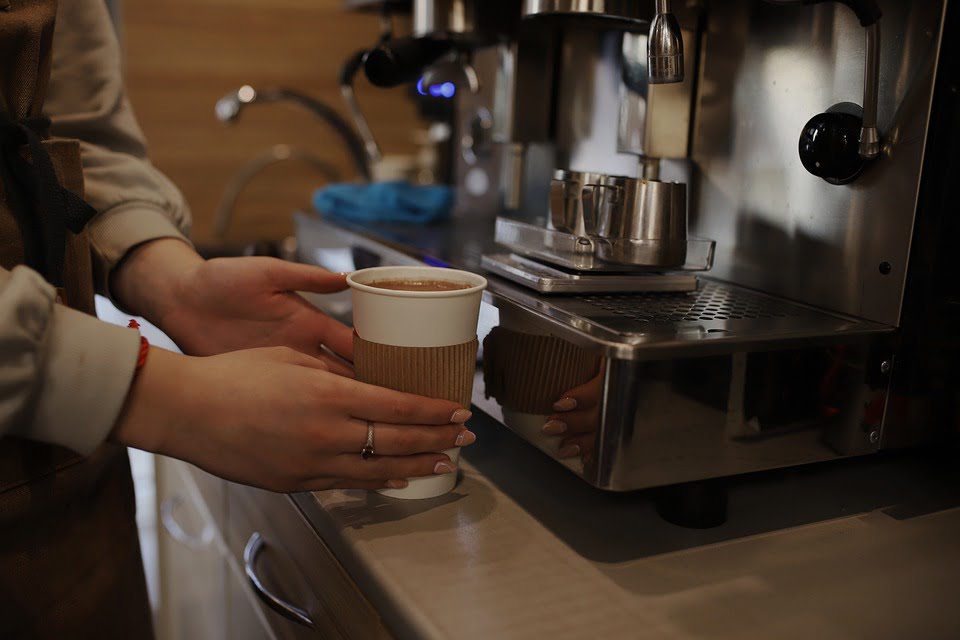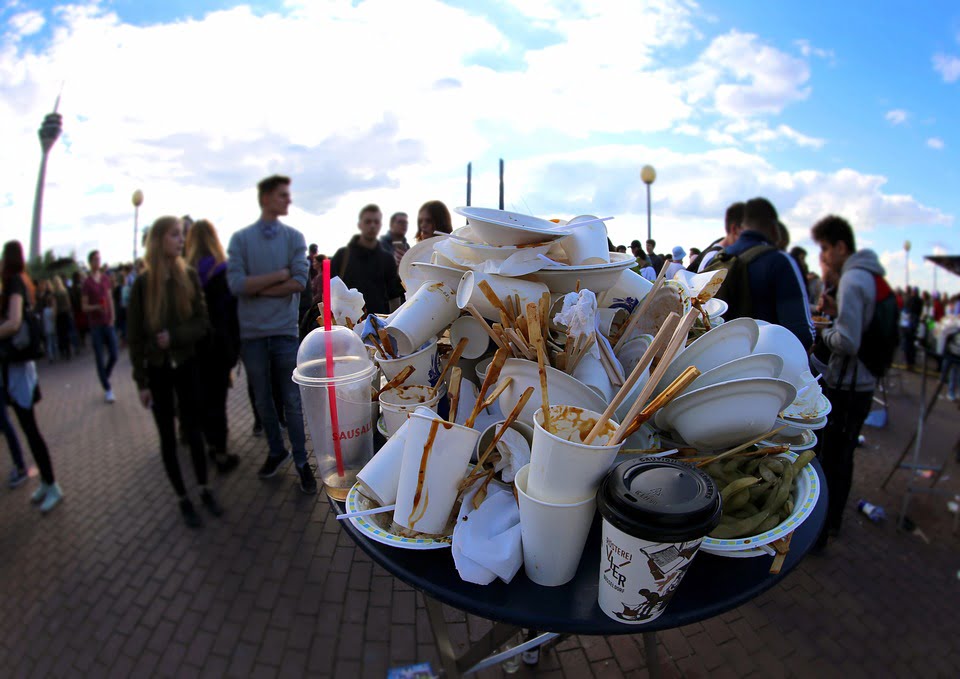In many cafes and restaurants, plastic disposable tableware has long been replaced with paper or cardboard, supposedly taking care of the environment. We decided to check whether cardboard dishes are really so environmentally friendly.
The fact that paper cups are more environmentally friendly than plastic cups is first stated manufacturers And suppliers such dishes. Popular cafes and restaurants fast food restaurants are replacing plastic with paper, attracting customers with imaginary environmental friendliness. Even the Russian government has already is working through a bill banning plastic, and will most likely replace it with paper counterparts.
The first disposable paper cup appeared in 1908 - and not at all out of concern for the environment. Back then, in America, there were soda fountains on the streets that used reusable cups. Naturally, they were treated extremely rarely (if at all), and they were not simply washed after every client, and they often became a source of infections and diseases. And then Hugh Moore and Lawrence Luellen, entrepreneurs from Massachusetts, came up with paper cups precisely as a safer and, importantly, cheaper alternative to cut glasses. And they certainly met these goals.
But what about the environment? At first glance, it really seems that paper dishes should be more environmentally friendly than plastic ones, because paper waste decomposes in a few months, and plastic - from several tens to hundreds of years. But in reality, paper cups are not really paper. Otherwise, within a couple of minutes after purchase, coffee lovers would be doused with boiling water, because ordinary paper and cardboard get wet very quickly. To prevent this from happening, manufacturers of disposable tableware cover the inside of cardboard with a thin layer of plastic. And that's right away increases The decomposition period of such a glass ranges from several months to 30 years.

It would seem that this is still not such a long time compared to how long it takes pure plastic to decompose. But the fact is that in most countries of the world, including Russia, the latter is already quite good learned recycle and reuse. Cardboard is also easy to recycle, but the plastic and paper need to be separated for this, which is almost impossible in the case of disposable cups coated with a very thin layer of plastic. Thus, they are sent to mixed waste, that is, simply to a landfill. And the stories of sellers and cafe owners about how environmentally friendly they are are just marketing.
Another environmental problem with paper cups is that they are not recyclable because they come into contact with food. That is, for each new batch of such dishes, trees have to be cut down. Greenpeace notesthat a tree grows on average for about 50 years, but, having become a glass, turns into garbage within 15 minutes after purchase. At the same time, to produce 2500 glasses you need to cut down one tree. It doesn't seem like much. But around the world, about 32 million trees are cut down every year just for these purposes. Could this be considered a more environmentally friendly alternative to plastic? Doubtful.
At the same time, when producing just one paper cup, according to Greenpeace, 100 g CO is produced2 (This is approximately what the average car produces every kilometer it travels).
In addition, Indian scientists conducted study and found out that from that same plastic film, particles of microplastic and other harmful substances, including heavy metals, are released into hot drinks, so even in this sense, cardboard cups are no better than ordinary plastic ones.

The good news is that some manufacturers They are trying to change the production of paper tableware in such a way that it becomes environmentally friendly not only in the words of marketers. And last year, one of the Russian waste processing plants already tried organize the processing of such glasses into recyclable materials. But for now these are just the first steps, individual attempts, so it’s too early to say that from day to day tons of used cardboard cups will cease to be a problem.
In some countries, for example in Germany, they have already realized that cardboard glasses are not at all as harmless as they seem at first glance, and are trying to fight with them, introducing a markup for customers or offering discounts to those who bring their own glass. Numerous US environmentally-oriented startups are trying to come up with high-tech solutions this problem. For example, they put QR codes on such dishes so that they can then be tracked, handed over to special collection points and distribution controlled.
They are agitating Russian environmental activists also come for takeaway coffee with their own dishes.
Mostly not true
Read on the topic:
If you find a spelling or grammatical error, please let us know by highlighting the error text and clicking Ctrl+Enter.






